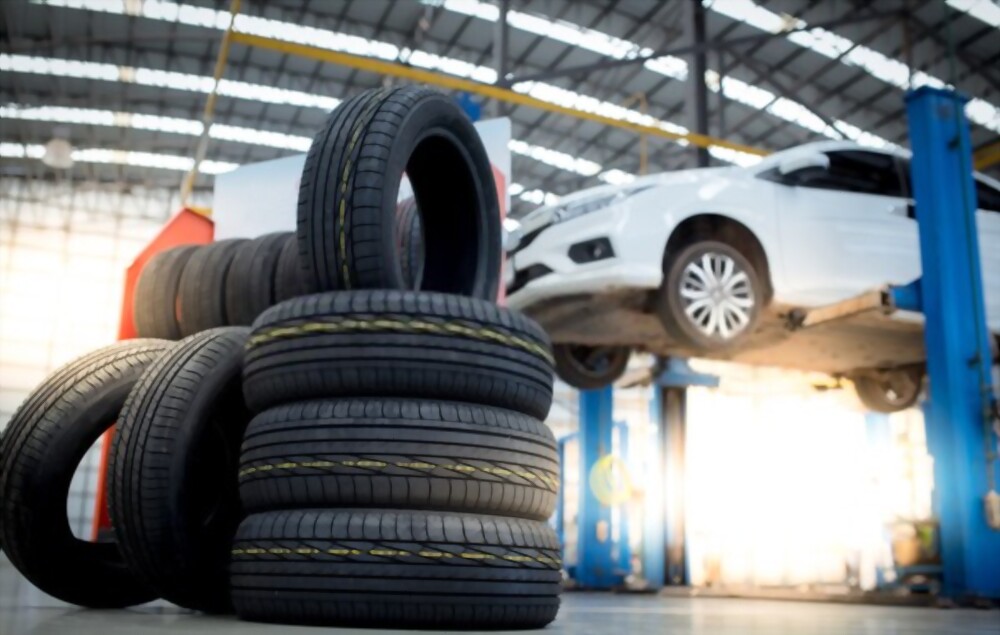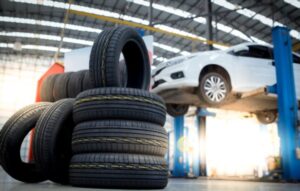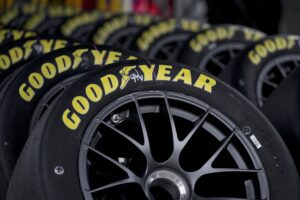Tire Treadwear Ratings: A Critical Indicator of Longevity
Have you ever wondered why some tires seem to last forever, while others wear out in the blink of an eye? One key factor to consider is the treadwear rating. But what exactly do these ratings mean, and how can they help you make an informed decision when purchasing new tires? In this comprehensive guide, we will delve into the truth about tire treadwear ratings and unveil the hidden insights behind these seemingly cryptic numbers.
Understanding Treadwear Ratings: Decoding the Numbers
Most tires come with a treadwear rating, usually displayed as a three-digit number. Contrary to what some may believe, this number is not an indication of how long the tire will last in terms of years or mileage. Instead, it serves as a comparative measure against a baseline rating of 100. For example, a tire with a treadwear rating of 200 is expected to wear twice as long as a tire with a rating of 100. It is crucial to remember that this rating is not an absolute measurement but rather a helpful tool for comparing the durability of different tires within the same brand or category.
Delving into the Factors Affecting Treadwear Ratings: Unraveling the Mystery
While treadwear ratings offer informative insights, they should not be the sole criteria for choosing the right tires. Various factors such as driving habits, road conditions, and regular maintenance can significantly impact tire longevity. However, treadwear ratings still provide a glimpse into the tire manufacturer’s design and engineering decisions. For instance, high-performance tires designed for sporty driving typically have a lower treadwear rating, indicating a softer compound that enhances grip but may wear out more quickly. On the other hand, tires with higher ratings often boast harder compounds, prioritizing durability and longevity over maximum grip. By understanding these trade-offs, you can align your tire choice with your specific needs and driving style.
The Hidden Benefits of Optimal Treadwear: Why It Matters
Choosing tires with an appropriate treadwear rating can yield numerous benefits beyond just longevity. Tires with longer life spans not only save you money in the long run but also minimize the hassle of frequent replacements. Moreover, by opting for tires with higher ratings, you can enjoy enhanced fuel efficiency, as these tires typically offer lower rolling resistance. Improved fuel efficiency not only reduces your carbon footprint but also saves you at the pump. Additionally, tires with optimal treadwear can provide better traction and handling capabilities, ensuring a safer driving experience for you and your passengers.
In conclusion, tire treadwear ratings are an essential factor to consider when purchasing new tires. While they may not be the sole determinant of tire performance, they offer valuable insights into durability and longevity. By understanding these ratings and the trade-offs they imply, you can make an informed decision based on your needs, driving style, and budget. Ultimately, choosing the right tires with an optimal treadwear rating not only ensures a longer lifespan but also unlocks hidden benefits such as improved fuel efficiency and enhanced safety. So, the next time you find yourself in need of new tires, remember to pay attention to the treadwear ratings and drive confidently with tires that are built to go the extra mile, quite literally.





